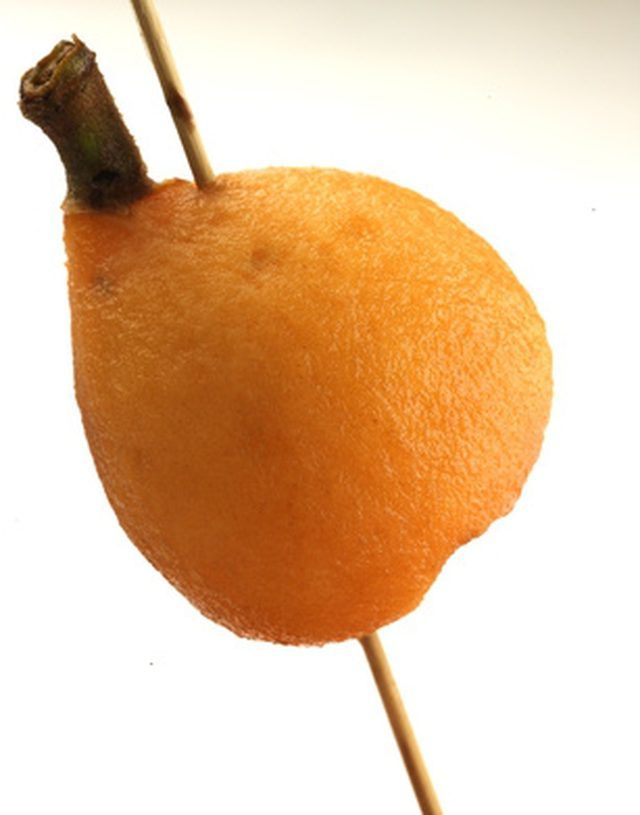Bulbs
Flower Basics
Flower Beds & Specialty Gardens
Flower Garden
Garden Furniture
Garden Gnomes
Garden Seeds
Garden Sheds
Garden Statues
Garden Tools & Supplies
Gardening Basics
Green & Organic
Groundcovers & Vines
Growing Annuals
Growing Basil
Growing Beans
Growing Berries
Growing Blueberries
Growing Cactus
Growing Corn
Growing Cotton
Growing Edibles
Growing Flowers
Growing Garlic
Growing Grapes
Growing Grass
Growing Herbs
Growing Jasmine
Growing Mint
Growing Mushrooms
Orchids
Growing Peanuts
Growing Perennials
Growing Plants
Growing Rosemary
Growing Roses
Growing Strawberries
Growing Sunflowers
Growing Thyme
Growing Tomatoes
Growing Tulips
Growing Vegetables
Herb Basics
Herb Garden
Indoor Growing
Landscaping Basics
Landscaping Patios
Landscaping Plants
Landscaping Shrubs
Landscaping Trees
Landscaping Walks & Pathways
Lawn Basics
Lawn Maintenance
Lawn Mowers
Lawn Ornaments
Lawn Planting
Lawn Tools
Outdoor Growing
Overall Landscape Planning
Pests, Weeds & Problems
Plant Basics
Rock Garden
Rose Garden
Shrubs
Soil
Specialty Gardens
Trees
Vegetable Garden
Yard Maintenance
How to Grow Loquat Trees From Seeds
How to Grow Loquat Trees From Seeds. Native to Southeastern China, the loquat tree has become an ornamental tree in many California landscapes. Loquat trees bear clusters of small oval or pear-shaped fruits that are 1 to 2 inches long. Inside each fruit, three to five brown seeds can be found, and these can be used to propagate new trees. Some...

Native to Southeastern China, the loquat tree has become an ornamental tree in many California landscapes. Loquat trees bear clusters of small oval or pear-shaped fruits that are 1 to 2 inches long. Inside each fruit, three to five brown seeds can be found, and these can be used to propagate new trees. Some loquat trees must have more than one tree planted in order to pollinate and produce fruit, while others are self-fertile.
Things You'll Need
Loquat seeds
Flats or peat pots
Remove the seeds from the fruit and wash them in cool water. Be sure that all of the fruit is removed from the seeds. Each fruit will have large brown seeds in it.
Plant the seeds in flats or peat pots. Use soilless media.
Prepare your planting area. Loquats require good drainage, but can grow in almost any soil type. Add some organic matter to the planting location so that the soil is moderately fertile. Loquats cannot tolerate standing water, so amend the soil with peat moss or other organic material to loosen it and improve drainage.
Transplant the plants into larger pots or into the ground when they are 6 inches tall. Remove most of the soilless media, because this will delay the growth of the loquat tree. Be sure that some of the roots are exposed when you plant the loquat tree. Dig a hole slightly larger than the peat pot or flat the seed is growing in. Spread the roots in the hole and pack the soil down gently.
Water the loquat tree thoroughly. Water three times per week during the first few months while the tree is establishing itself.
Tips & Warnings
Loquat trees will grow from USDA hardiness zones 8b through 11. Loquat trees are not mature, and do not fruit, for at least six years. Loquat seeds are viable for up to six months if they are stored properly, so store them at room temperature to 40 degrees Fahrenheit in partially sealed glass jars. They need high humidity. Add irrigation during the bloom season for a more abundant fruit harvest. Fertilize loquats three times per year with 1 lb. of 6-6-6 NPK fertilizer. Prune judiciously after harvest. Loquats can be grafted onto different rootstocks to improve vigor and fruiting. Wait until the tree is 1/2 inch in diameter to work it.
Do not use mechanical products around the loquat trees, because they have very shallow, delicate root systems that are easily damaged. Extreme heat, 95 degrees or higher, will kill loquat trees, and leaf scorch is caused by hot winds. Loquat trees can take temperatures as low as 12 degrees Fahrenheit if they are well-established, however the seeds are killed at 25 degrees Fahrenheit. Black scale and fire blight can affect loquat trees, so watch for disease as the tree is establishing. Treat disease immediately with fungicide and pruning.